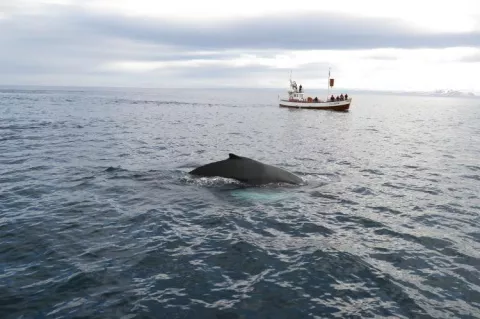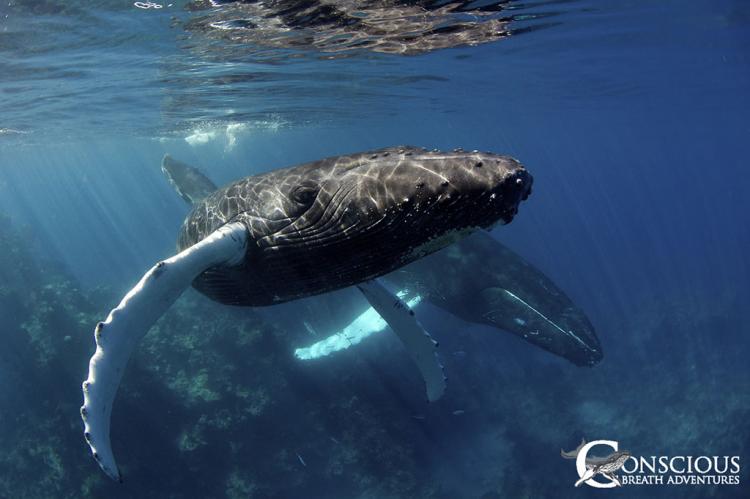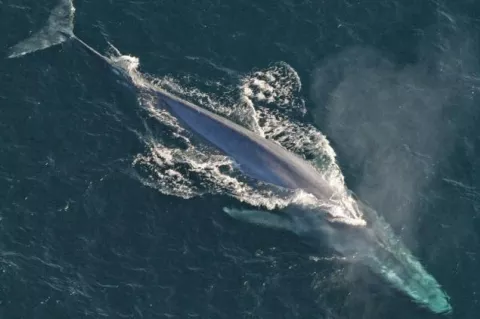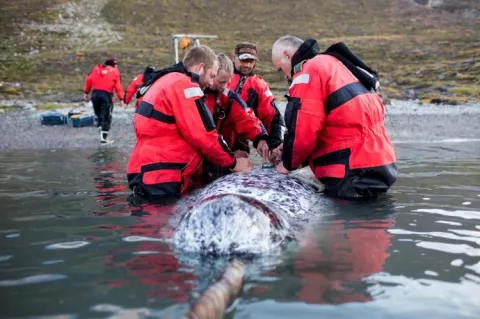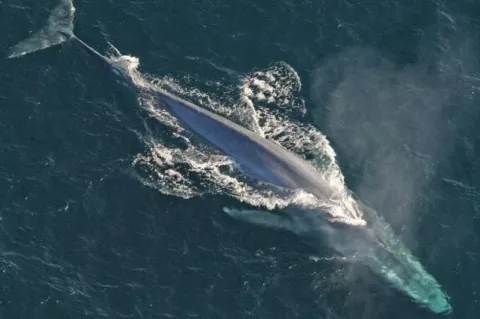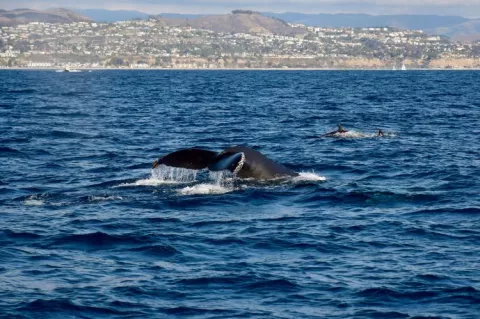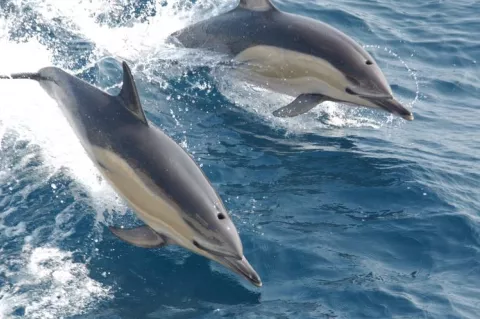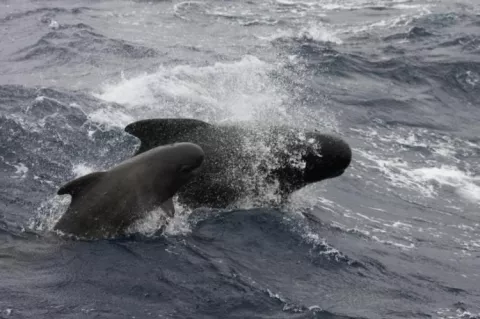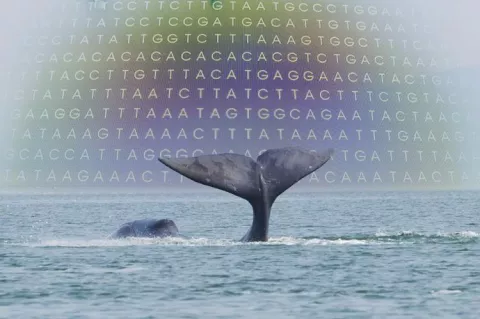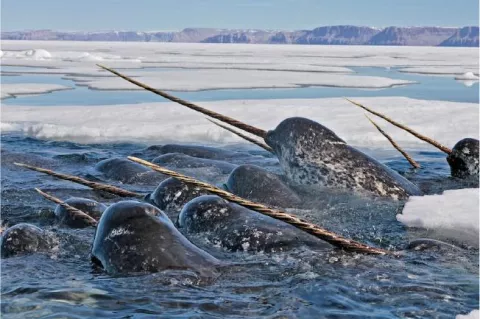Do Tourist Boats Stress Out Whales?
Do whale watchers bother whales? A number of studies on tourism's impact on whales, which were based on behavioural observations, have concluded that tourism caused only minor disruptions to the mammals.
For example, in 2015, a study led by Marianne H. Rasmussen, director of the University of Iceland Húsavík Research Centre, found that whale watching as currently practised does not seem to be having any long-term negative effects on the life expectancy of minke whales.

